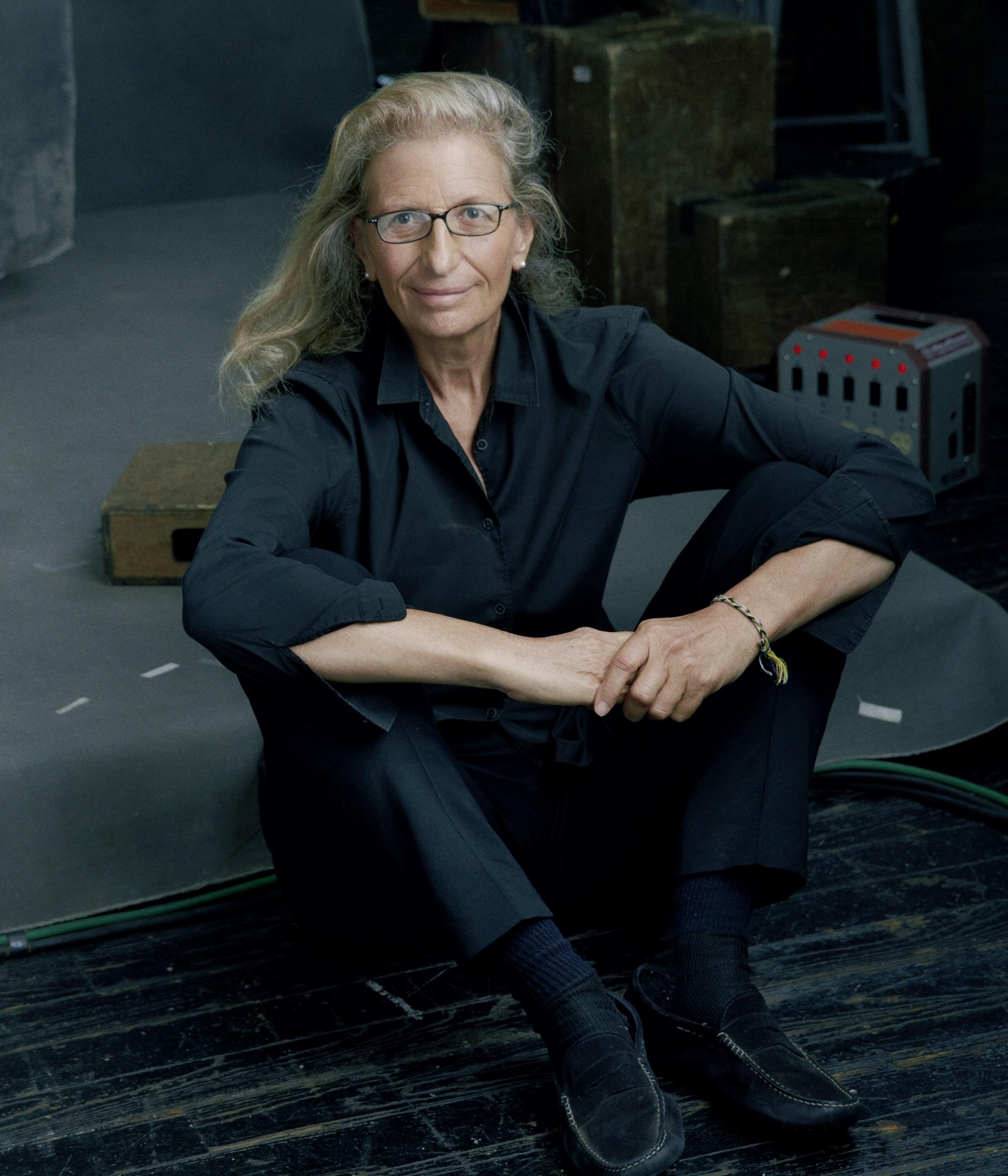


I wanted to photograph the whole family together, but this was the image that came out of the shoot-with all those wonderful recording studio objects in the background.” She was working with her son, Jackson, who was recording something at the time, and her daughter, Jesse. It was taken in the Electric Lady Studios, where I’d worked many times before. There was a feeling of, Do I have the right to take this portrait? By the time I took this picture, Robert had died. There’s something about her that is like when Georgia O’Keeffe sat for Alfred Stieglitz.Įven though I’ve worked with her so many times, I’ve been very nervous each time because I felt like she belonged to Robert Mapplethorpe. Patti understands photography so well-she is kind of like a photographer’s muse. She came up and I did a very simple portrait of her against gray paper.

Later, after she sort of went into seclusion and then returned to New York, she was just walking the streets and rang my studio door. “I had worked with Patti Smith many times, starting in the ’70s, when I photographed her for her first cover of Rolling Stone. “I just had all this work I wanted to clear out,” Leibovitz tells me, “and I was excited by the idea that the book would end with Hillary Clinton-maybe I’d do a portrait of her in the White House.” Now, the photographer admits, the book “doesn’t quite have an ending-it meanders about.” The story of this particular volume began as the photographer was wrapping up her work on Women, another book-length project conducted with Susan Sontag. You can create a whole new story in a book, Leibovitz says. The power in the effort that goes into creating a body of work-how the pictures are brothers and sisters to one another.” “To me,” she says, “it’s not just about the individual pictures. The terms she uses are gentler, but my idea-to discuss five or so individual pictures from her new book, Annie Leibovitz: Portraits 2005–2016, and give a behind-the-scenes sense of what goes into them-is not really the point, she warmly corrects me. A few minutes into my conversation with Annie Leibovitz, she informs me that my premise is bogus.


 0 kommentar(er)
0 kommentar(er)
